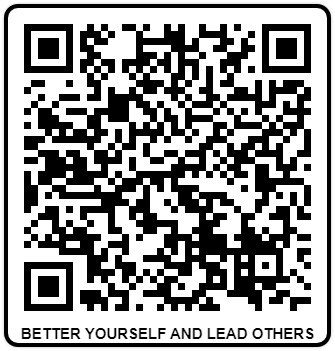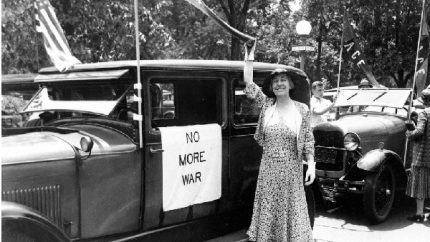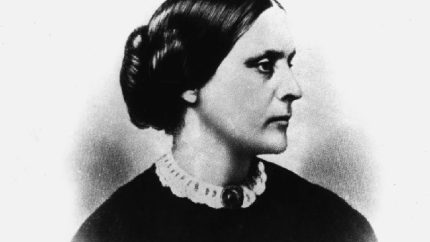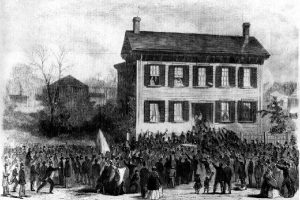
1860: Abraham Lincoln’s Election as President
On November 6, 1860, Abraham Lincoln, a former Illinois congressman and the Republican Party’s nominee, was elected President of the United States, defeating three major opponents: John Breckinridge, John Bell, and Stephen Douglas. Lincoln’s victory marked a turning point in American politics, bringing the anti-slavery Republican Party to national prominence just as the country was nearing the brink of civil war. His election, viewed as a threat by southern states, directly fueled the secession crisis, ultimately leading to the Civil War—a conflict that reshaped the nation’s laws, values, and identity.
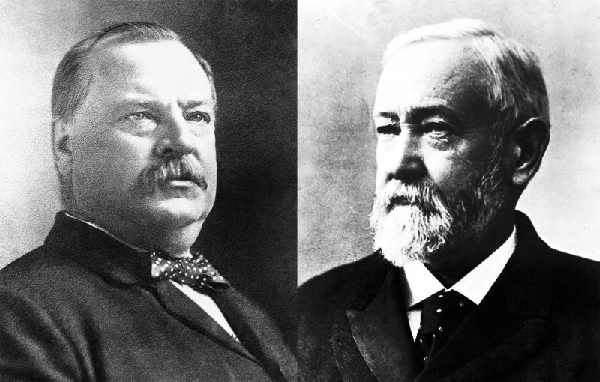
1888: Benjamin Harrison Wins the Electoral Vote
On this day in 1888, Benjamin Harrison, the Republican candidate, won the U.S. presidential election by securing the Electoral College, despite losing the popular vote to incumbent Democrat Grover Cleveland by nearly 90,000 votes. This election underscored the complexities of the U.S. electoral system, highlighting a recurring tension between the popular will and electoral results. This discrepancy would not occur again for over a century, until the highly controversial 2000 election. Harrison’s win, with less popular support, stirred debate on electoral reform, an issue that remains relevant today.
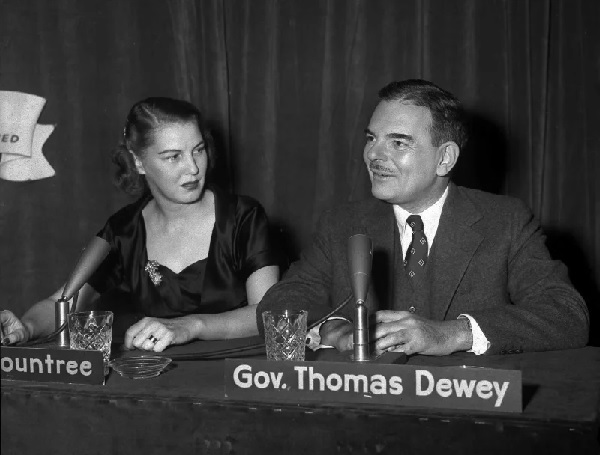
1947: The Debut of “Meet the Press” on NBC
On November 6, 1947, NBC aired the first episode of “Meet the Press,” created and hosted by Martha Rountree. As the longest-running television show in American history, “Meet the Press” set a new standard for political journalism and public accountability. By providing a national platform for interviews with politicians and world leaders, the show transformed how the American public engaged with political discourse, helping to shape an informed and engaged electorate. Its ongoing legacy has made it an indispensable fixture in American political life.
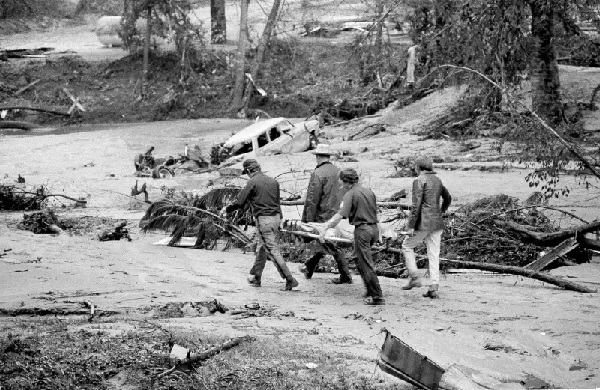
1977: The Kelly Barnes Dam Disaster
On November 6, 1977, the Kelly Barnes Dam in Georgia collapsed, unleashing a torrent of water through Toccoa Falls College and tragically killing 39 people. The disaster highlighted critical issues in dam safety and infrastructure maintenance across the United States. In the aftermath, new regulations and inspection protocols were implemented nationwide to improve dam safety standards, emphasizing the need for vigilance in protecting communities near aging infrastructure. The tragedy remains a somber reminder of the potential consequences of overlooked structural vulnerabilities.



